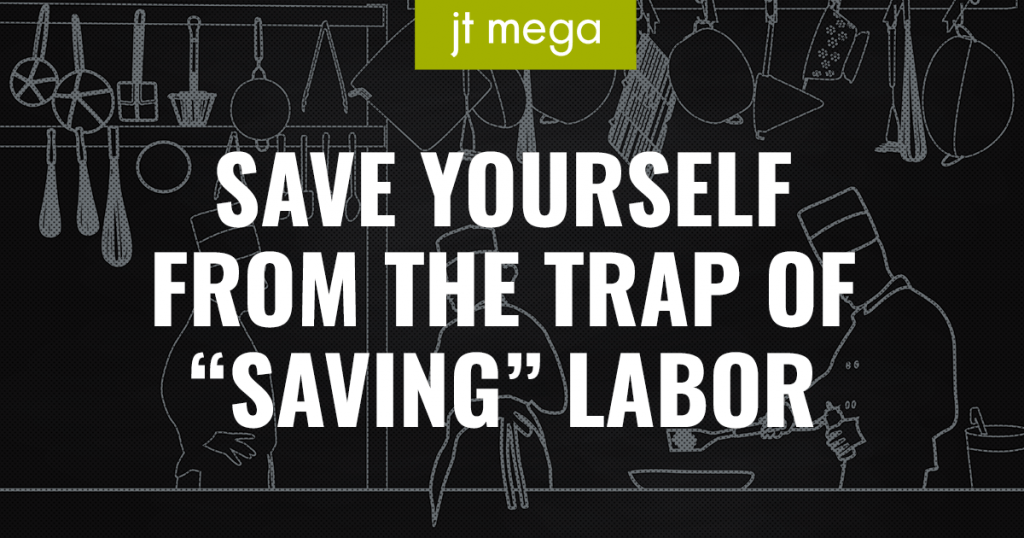Like many working professionals these days, I take my lunch breaks at my workstation and use those precious 30 minutes to read through the never-ending stack of industry publications on my desk. I was flipping through a recent edition of FoodService Director today when a small line of copy on a page ad catches my eye:
“Fully cooked chicken wings are easy to prepare, saving time and labor back-of-house.”
But looking at industry headlines from the past six months will tell you that “saving” labor isn’t the issue. It’s finding and retaining labor.
So how can we better align brand and product narratives that speak to the very real labor challenges today’s operators face? It starts with a better understanding of the labor crisis facing foodservice decision makers.
WHAT’S HAPPENING
On May 4, the U.S. Labor Department reported that unemployment had reached a record low of 3.9%; the lowest rate since 2000 and a sign the job market has become even more competitive.1 And it’s putting immense pressure on foodservice operators.
In a recent conversation with Casey Saeger, Human Resources Director at Blue Plate Restaurant Company, she shares: “As a collection of community restaurants, we see the challenge of labor BOH pervasive in the Minneapolis market. We have begun to focus on investing in employee development and incorporating lifestyle perks like dining discounts to retain our employees.”
The biggest challenge operators face, across commercial and non-commercial, is the recruitment and retention of employees. And the latest turnover stats are sobering:
- For BOH positions, virtually all restaurant companies said they are constantly understaffed in critical kitchen positions
- For limited-service restaurants, hourly turnover was at 146.2% in August 2017
- For full-service restaurants, hourly turnover was at 102.8% in August 20172
And for many foodservice operators, this means adopting aggressive retention strategies to prevent back-of-house staff from being poached by other restaurants or other industries.
“What we’ve seen recently is a spiraling up of cooks’ wages,” says JJ Haywood, owner of Pizza Luce in Minneapolis. “We have to meet twice a year [with managers] about who they want to protect in the kitchen.” As the market tightens, operators are being forced to offer more competitive wages to keep kitchens staffed, which puts additional pressure on already tight margins.
WHAT WE THINK
We need to change how we talk about our products and labor benefits in marketing and advertising.
It starts with acknowledging the limitations of our products. No matter how good, products cannot “save” an operator labor when their kitchen is understaffed. Food marketers must go beyond “labor-saving” generalizations and get specific as to which challenges products can actually impact/solve.
WHAT’S NEXT
The best way to adjust your brand/product labor-solution narrative is to talk to operators in the context of their own kitchens. This dialogue will help you and your marketing team understand HOW to talk about your product’s labor benefits. For example, here are two ways we believe brands can go beyond “labor savings” to communicate specific real back-of-house solutions:
Labor Savings —> Maximizes the labor you do have
Most restaurants and non-commercial kitchens are understaffed at a time when operators are expected to do more. Operators need their people using their time in ways that increase profitability so products that simplify complicated or time-intensive preparations help maximize personnel resources.
Labor Savings —> Skill-proof quality and consistency
Culinary education programs have seen sharp declines in enrollment the last several years, which means operators are facing a serious skills gap in the kitchen. Brands should talk about their Ingredients/products that can be prepared by employees possessing any level of kitchen skills without sacrificing quality.
Just some Thought for Food™
[2] “Restaurant Turnover Rates on the Rise, Again.” Restaurant Business. 13 October 2017.
